Hi everyone and Happy Summer Solstice! Today, 21 June, is the longest day of the year, otherwise known as Midsummer or the Summer Solstice. At this time of year the sun is at its highest point in the northern hemisphere. In ancient Ireland, this time when the sun was at its most powerful was considered a sacred time and is still marked and celebrated by many to this day.
Iconic Sites of Ancient Ireland
1. Grange Stone Circle Lough Gur
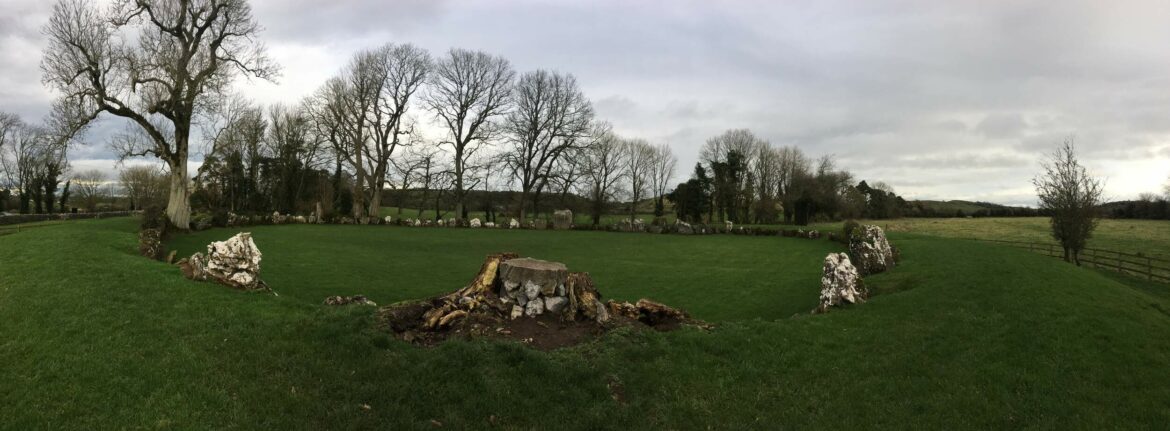
Our first stop is Grange Stone Circle at Lough Gur in County Limerick. Taking its name from the sun goddess Grainne, the entrance to the east perfectly aligns with the rising sun of the solstice on 21 June. The stone circle dates back some 4000 years possibly even 6000 years. A magical place in a beautiful setting.
2. Hill of Tara
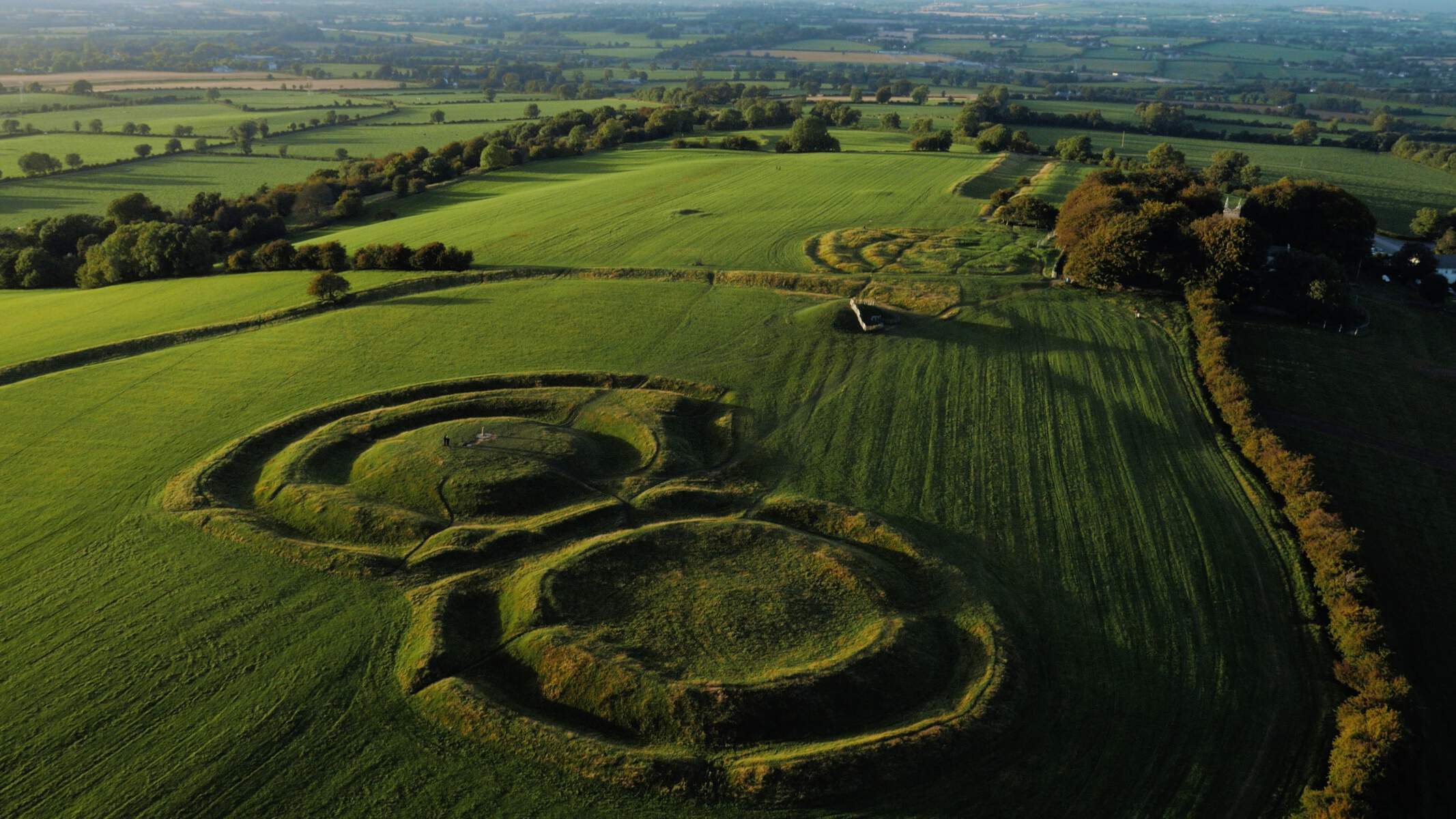
Next we’re off to our first stop in the epicenter of ancient Ireland. People have gathered on the Hill of Tara for millennia to celebrate the summer solstice. The ancient seat of Ireland’s High Kings, the summit of the Hill of Tara is marked by the royal enclosure known as the Fort of The Kings. Two earthworks, Cormac’s House and the Royal Seat are linked by a central standing stone known as Lia Fáil (Stone of Destiny). Legend has it that when a true king held the stone, a piercing shriek could be heard in the four corners of Ireland.
3. Newgrange
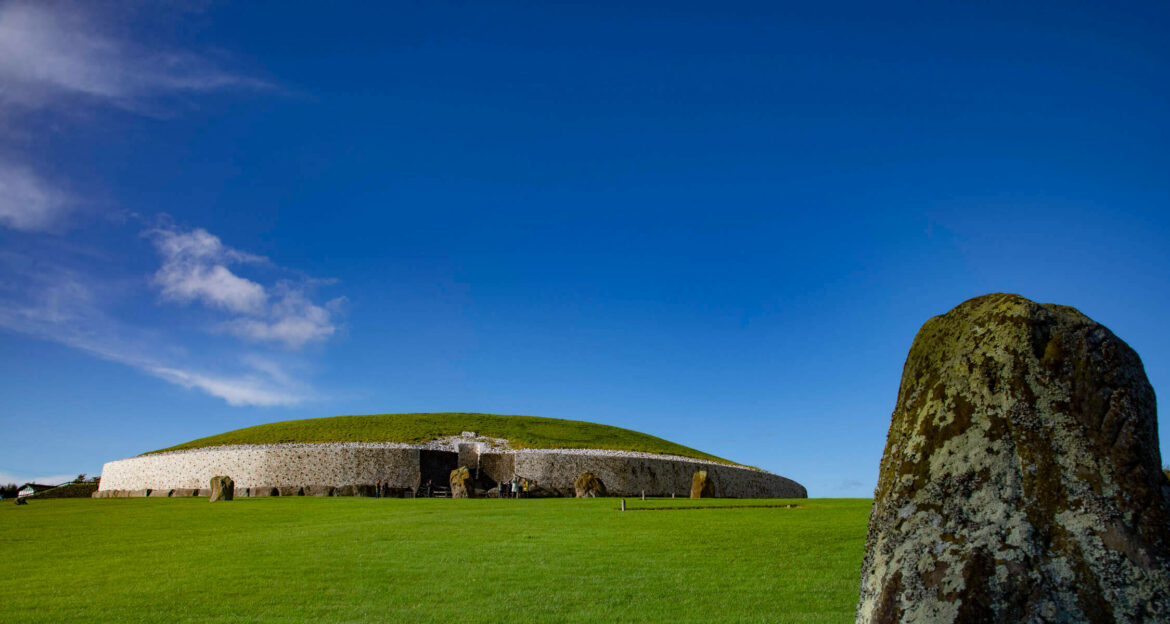
Next up we’re off to what us undoubtedly Ireland’s most iconic ancient heritage site. Truly awe-inspiring, the passage tomb at Newgrange hails from the Stone Age and was built some 5200 years ago. It predates the Pyramids and Stonehenge by some 500 years. Measuring 85 meters in diameter and 13.5 meters high it is surrounded by 97 kerbstones bearing stunning examples of megalithic art. Its passage and chamber are aligned with the rising sun at the Winter Solstice on 21 December when they are spectacularly illuminated.
4. Knowth
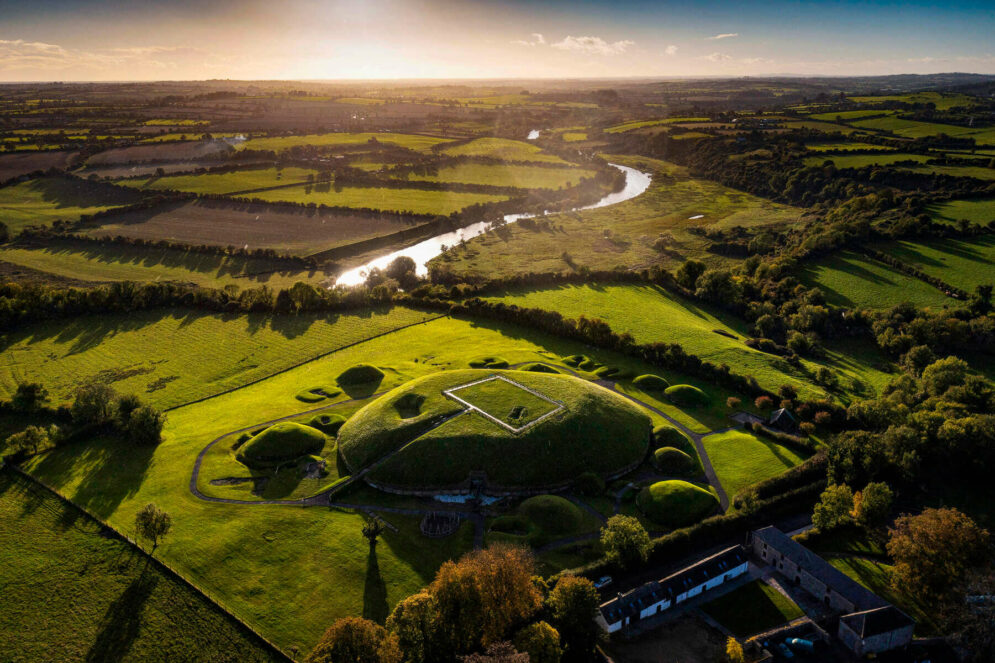
Since we’re in the area, we must stop off at the Knowth passage tomb which is on the same World Heritage site of Brú na Bóinne in County Meath. At 40m in length, its eastern passage boasts the longest megalithic passage in Western Europe as well the largest gallery of megalithic art.
5. Drombeg Stone Circle
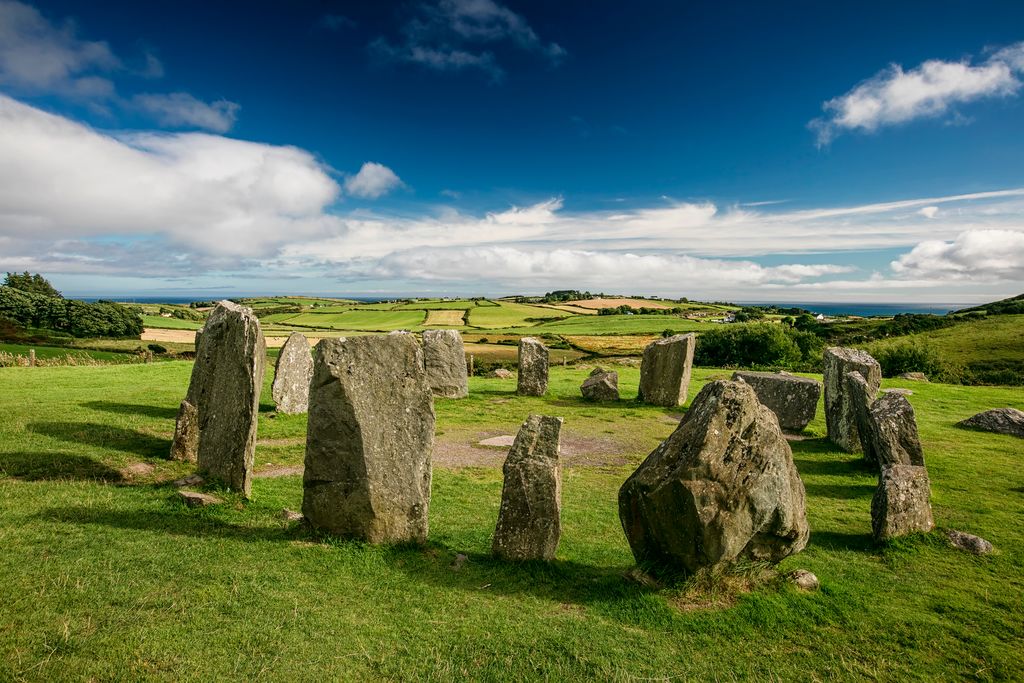
We end our journey through ancient Ireland with another magnificent stone circle at Glandore in County Cork. Drombeg stone circle perches on the edge of a lush valley with beautiful views of the Atlantic Ocean. The circle of 17 standing stones is also locally known as the Druid’s Altar. Excavation revealed that an urn had been buried in the center of the circle. It is dated between 153 BC and 127AD.
Thanks so much for joining me on the road. I hope the sun is shining wherever you are!
Take care of yourselves and each other,
Slán go fóill!
Lulu.



1 comment
Hey Lulu, sure love the weekend tours, keep up what your doing and I’ll get back to Ireland as soon as I can. Thank you so much.